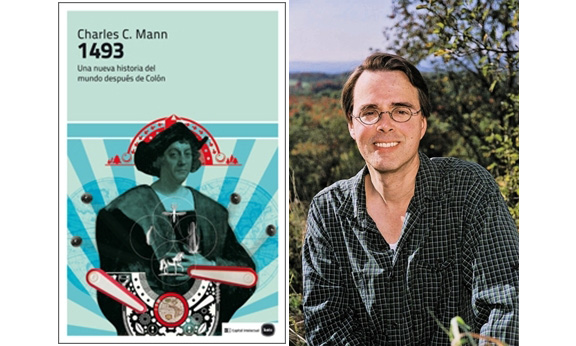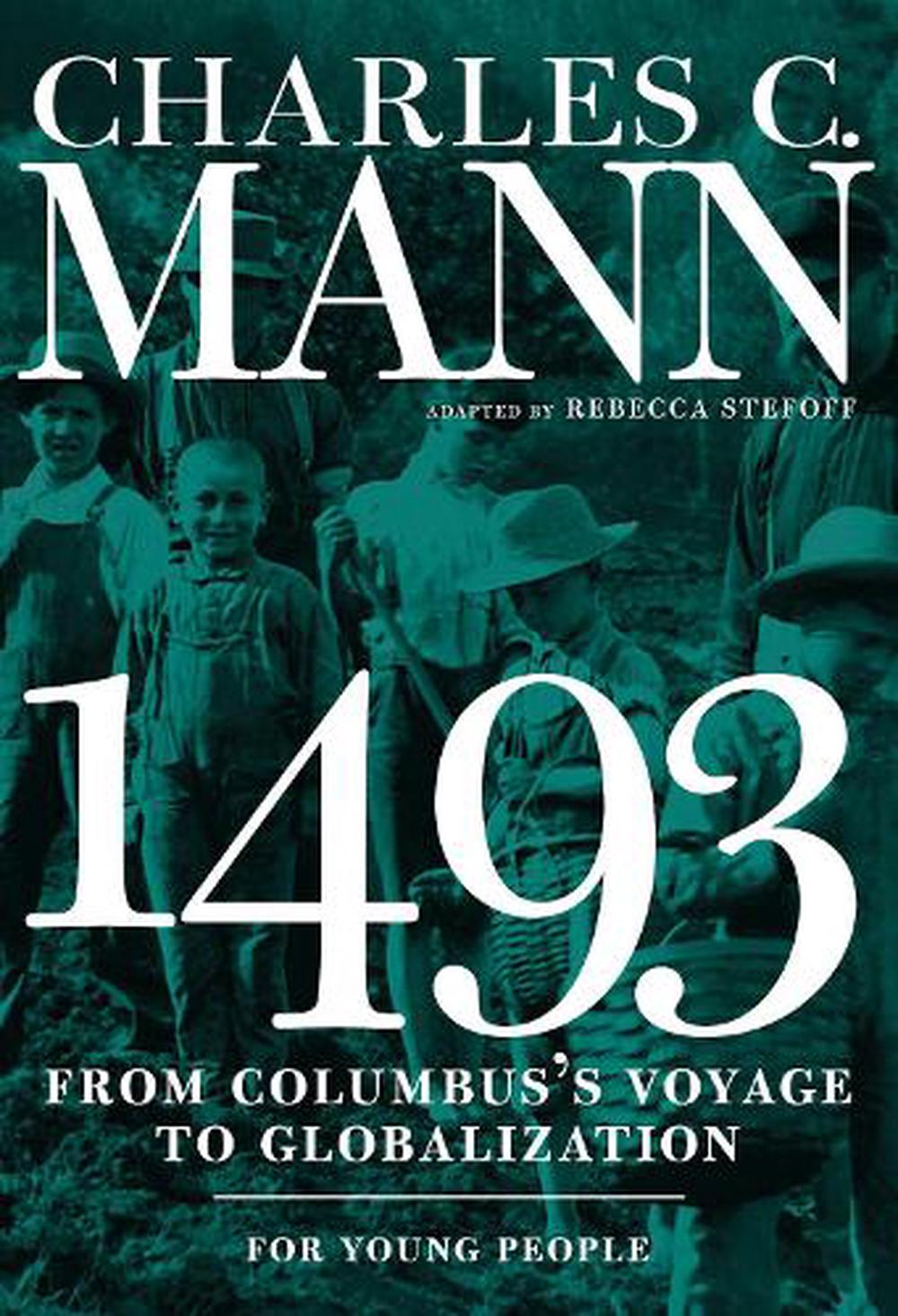
No fee was paid by the publisher for this review. The publisher of this book provided free copies of the book to have their book reviewed by a professional reviewer. “In a world so interconnected, there are no easy answers,” but plenty of intriguing questions for teens to explore.ĭisclosure: This article is not an endorsement, but a review. So is globalization always negative? It’s never that simple, Mann recognizes. The author’s grandfather, a private school headmaster, ordered a table from the Philippines the 1950s trade in faux mahogany was largely responsible for the crumbling terraces at Ifugao, yet provided significant employment. Richly illustrated in color, the book also includes maps, a timeline, and a useful glossary. The potato, that “dubious tuber” that enjoyed huge popularity in Europe, came to be so relied upon that its failure led to Ireland’s Great Hunger.Ī reporter for Science, Mann is able to ground overarching theories in commonplace objects and events. For instance, mosquitoes spread malaria and yellow fever via slave ships headed to Caribbean sugar plantations.


Tobacco, mosquitoes, potatoes, and rubber have all played a larger part in history than one might imagine. In his magisterial 1493, a follow-up to his award-winning 1491: New Revelations of the Americas before Columbus (2005), he traces the mass transplantation of species and peoples referred to as “the Columbian Exchange.” Columbus’s voyage linked the world like never before, Mann asserts.įrom the Jamestown colony and China’s sea voyages to the rise of Mexico City, this wide-ranging history book shows how the mingling of peoples and movement of goods have had unexpected effects over the centuries.

It all started with a visit to a garden run by local college students seeing the colorful heirloom tomatoes, Charles Mann planted his own and began pondering how tomatoes are emblematic of New World species that spread around the globe.


 0 kommentar(er)
0 kommentar(er)
